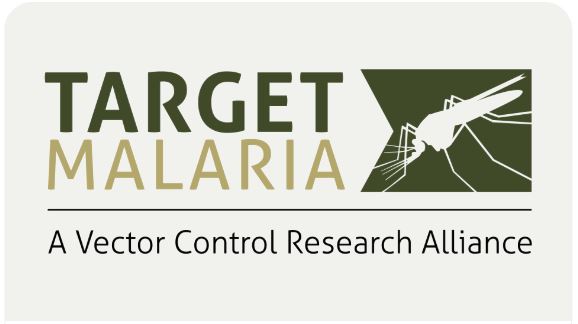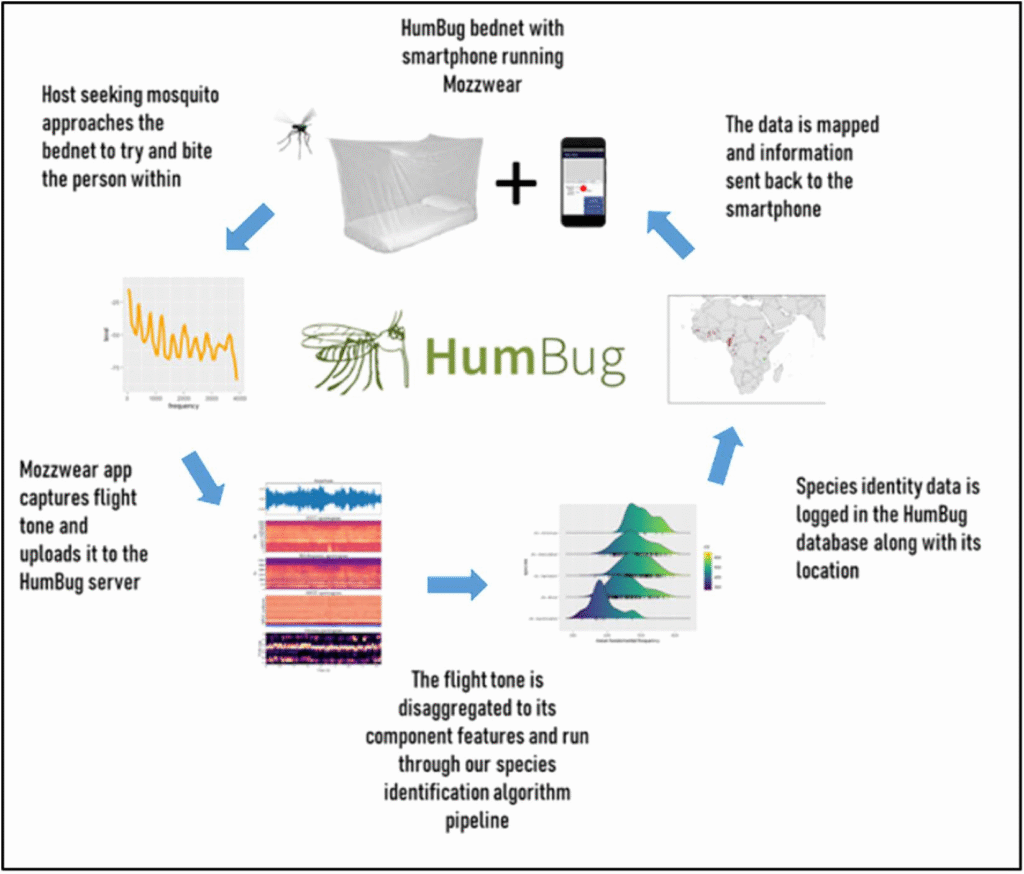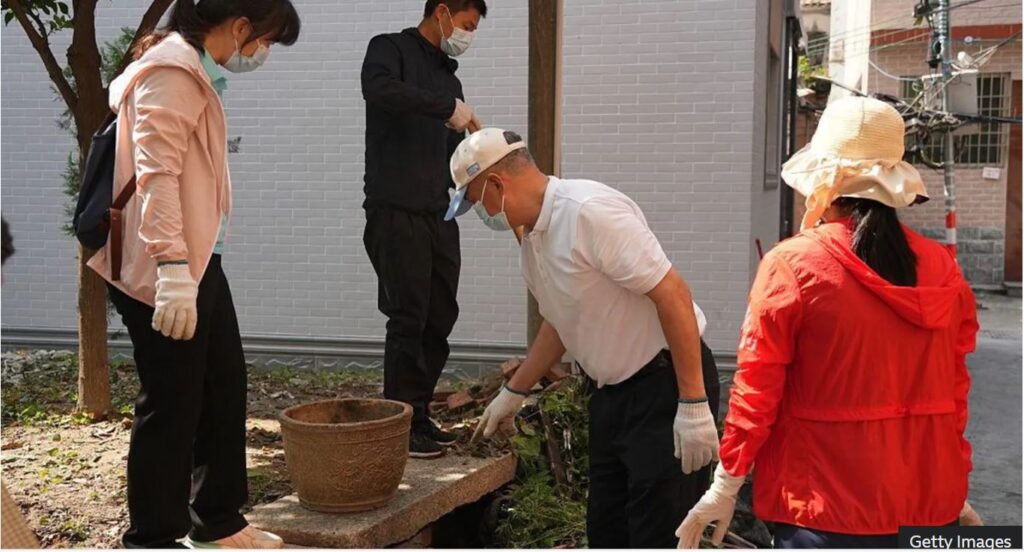
This week MalariaWorld features a podcast on Spotify called ‘The tyranny of Defeat, Distraction and Dependency’ by Silas Majambere from his series ‘Malaria Poverty and Politics’. Majambere is described as a Public Health Entomologist who spent 20 years of his career studying and fighting mosquitos that transmit malaria. He discusses the 3Ds of the podcast title.
Defeat – Majambere describes a meeting with a well-dressed young woman in small town in Gambia while he was examining mosquito larvae in a pothole. He asked her what she was doing about the problem of mosquito larvae in potholes that would grow up to be malaria vectors. She said it was the responsibility of others, the authorities, but admitted they were doing little about it. She was accepting defeat to do anything about the problem.
But perhaps a better D is Disbelief. If deep down people really believed that malaria is spread by mosquitos, they would do more about it? I previously highlighted research that found than 53.23% of Chinese expatriate workers in South Sudan believed that attention to food and drinking water hygiene could prevent malaria. Those who have lived with the disease their whole life would have an even better impression of what can help.
In the first podcast in the series, Majambere talks about how shocked his Global North donors are when they see mosquito nets they paid for used as fencing of chicken farms or for fishing. The recipients clearly believe that these are better uses for the nets than the purpose for which they were provided.
Distraction – Majambere discussed all the meetings and plans of malaria researchers. I don’t disagree with him about distractions but I might have a different idea of what the distractions are preventing proper elimination of the causes of malaria. That great distraction of Burkina Faso’s termination of Target Malaria’s gene drive mosquitos continues this week in MalariaWorld with an article in the other great organ of the Scientific Establishment, Nature magazine. Other distractions are perhaps vaccines, IPT programmes, fish that eat larvae, etc.
Dependency – Majambere is spot on with this and he himself is no better example. I am sure his education at Liverpool School of Tropical Medicine and 20-year career as a bug hunter was dependent on money from Global North philanthropists. And also dependent on his belief that malaria is a parasitic illness transmitted by bites from female Anopheles mosquitos. Burkina Faso has shown that African nations do not need to be dependent on Global North financial schemes.
Majembere recognises the importance of poverty on occurrence of malaria. But as a bug-hunter links it to inadequacy of housing and sanitation that increases mosquitos rather than to inadequate nutrition or poor-quality water.
I have a 6-Sigma black belt. I am well trained at systematically identifying the causes of problems before implementing solutions. When applied to malaria the evidence that it is a parasitic illness spread by mosquitos is far from convincing.








